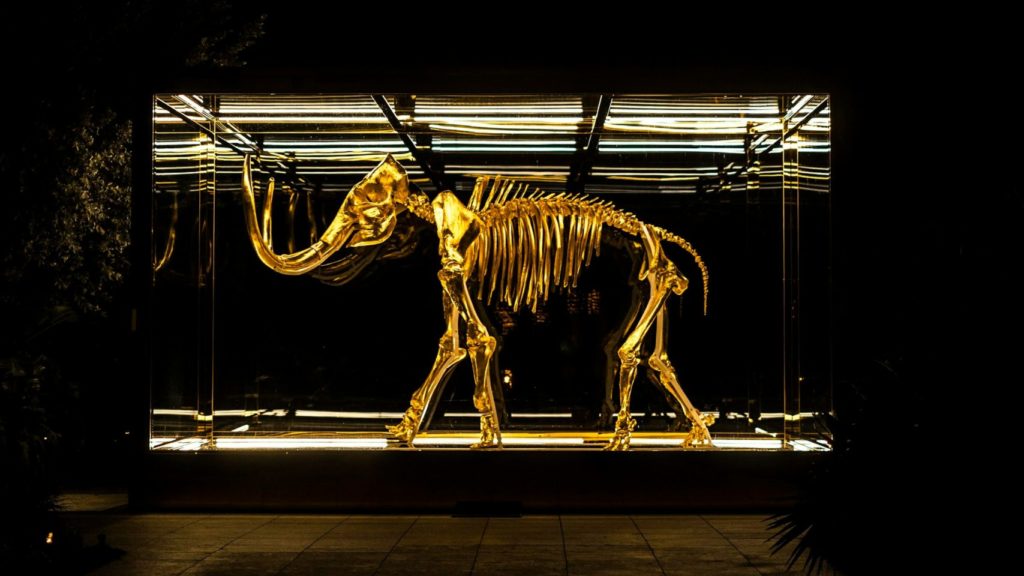
Elephants are renowned for their complex social structures, which are primarily matriarchal. These structures revolve around tightly-knit family units that promote cooperation, emotional bonds, and survival within various environmental contexts.
Matriarchal Leadership

At the center of each elephant herd is the matriarch, typically the oldest female. This matriarch plays a critical role in leading the herd, making key decisions about foraging, migration, and social relations. Her accumulated wisdom is indispensable, especially in finding food and water, while also imparting knowledge to younger herd members[1][11]. The matriarch's dominance in the social hierarchy is not just due to her age but also her experience and social skills, which earn her the respect of the entire group[1][3].
Herd Composition
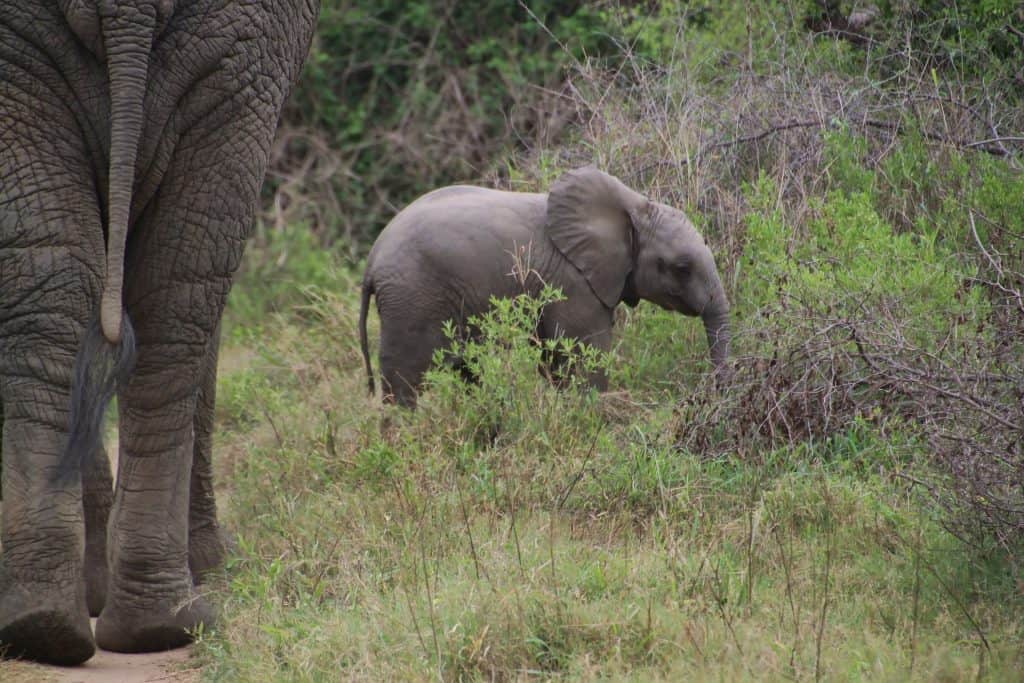
An elephant herd typically consists of several generations of females, including the matriarch, her daughters, and their offspring[4][10]. Female elephants generally remain with their natal herds for life and share strong familial bonds characterized by cooperation in nurturing and protecting the young. Allomothering, where non-maternal females assist in raising calves, is common and ensures that all young elephants receive the necessary care and education[2][3][5]. This collective rearing is vital for the survival of the calves, as it increases their chances against predators and environmental stressors.
Male Elephants and Social Dynamics
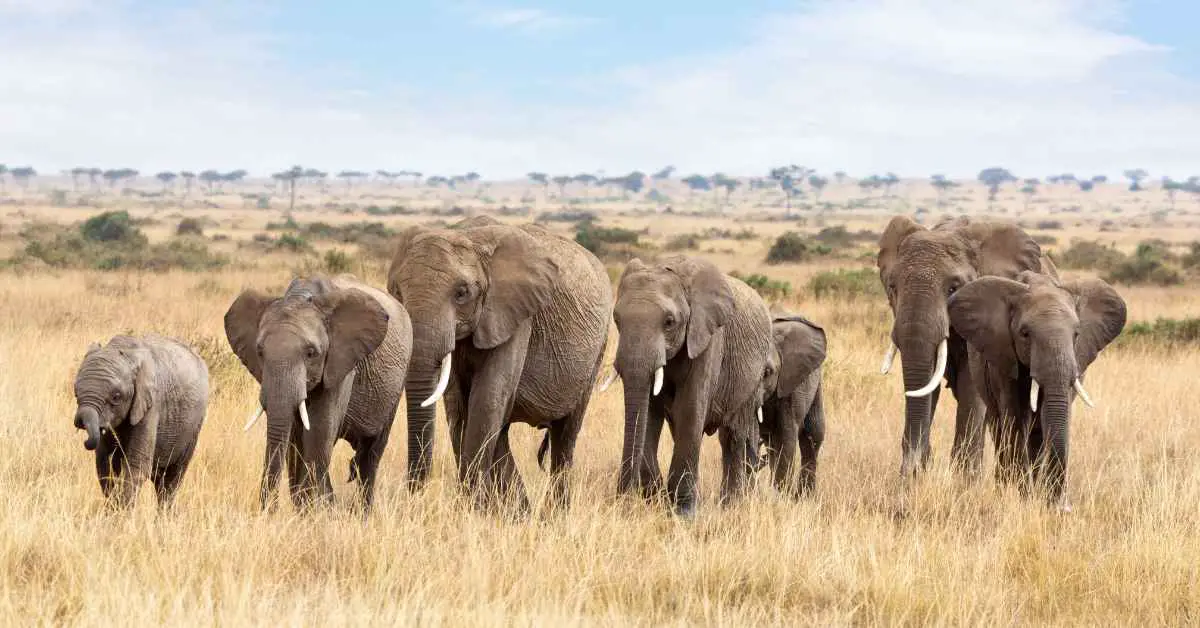
In contrast to the stable female family units, male elephants adopt a more solitary lifestyle or form temporarily cohesive bachelor groups. Young males typically leave their natal herds between the ages of 12 and 15. These bachelor groups, often transient and marked by competitive hierarchies based on size and age, serve as a context for young males to socialize and learn necessary behaviors in preparation for adulthood[3][5][9]. Although males maintain a degree of independence, they occasionally return to their familial herds to interact and ensure their family's well-being[5][10].
Emotional Bonds and Mourning Behavior
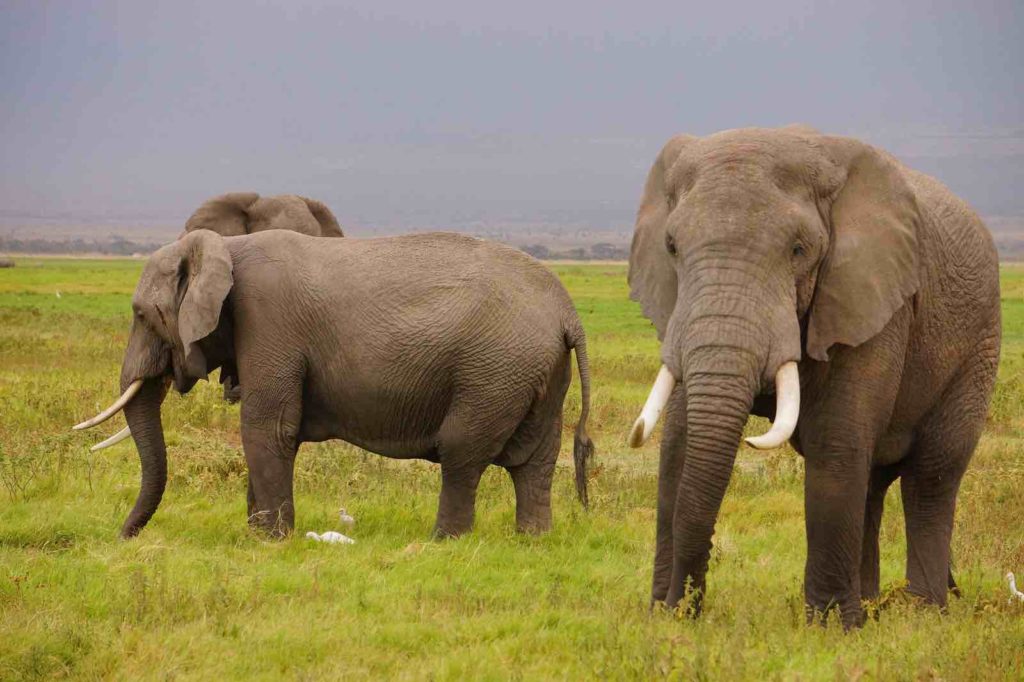
Elephants exhibit profound emotional connections within their herds. When a member dies, the herd engages in elaborate mourning rituals, which may include touching the deceased with their trunks, covering the body with earth, and pausing in silence to show respect. This behavior underscores the strong emotional bonds and social cohesion within the group[8][11]. Additionally, elephants are known to revisit grave sites, displaying signs of grief and recognizing the remains of dead relatives[10][11].
Communication and Social Learning
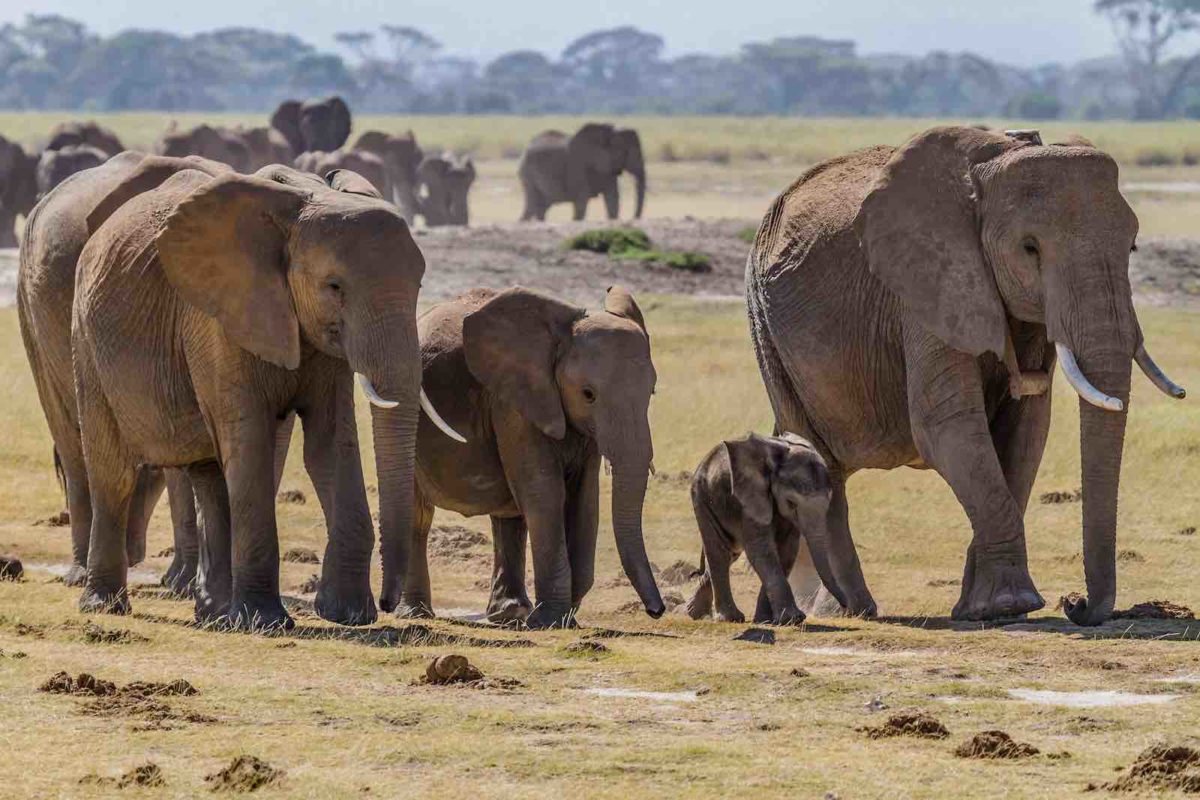
Elephants possess a highly developed communication system comprising vocalizations, body language, and tactile signals. Their ability to produce low-frequency calls, which can be perceived over great distances, helps maintain connections between individuals separated by considerable space[2][5][6]. These communication methods facilitate social learning, where younger elephants learn critical survival skills from their elders, including foraging techniques and social behaviors essential for thriving within their complex social system.
Fluidity of Social Structures

While matriarchal herds are the norm, elephant social structures can be fluid. Elephants adapt their social dynamics based on environmental factors such as resource availability. In areas with plentiful food and water, herds can grow larger, while in less hospitable regions, they may break into smaller family groups or bond units to enhance survival prospects[4][5][10]. This adaptability demonstrates the resilience of elephant herds as they navigate changing landscapes and social challenges.
Conclusion
The social structures of elephant herds are intricate and multifaceted, characterized by matriarchal leadership, deep emotional bonds, and cooperative parenting. The matriarch’s role is crucial for the herd's survival, fostering unity and guiding younger generations. Male elephants adopt different social dynamics, often leading solitary lives after leaving their natal herds. Elephants' rich emotional lives are evident in their mourning rituals, while their communication and social learning abilities highlight the complexity of their interactions. Understanding these social structures is vital for conservation efforts aimed at preserving elephant populations and their intricate social fabric.
Get more accurate answers with Super Pandi, upload files, personalized discovery feed, save searches and contribute to the PandiPedia.
Let's look at alternatives:
- Modify the query.
- Start a new thread.
- Remove sources (if manually added).